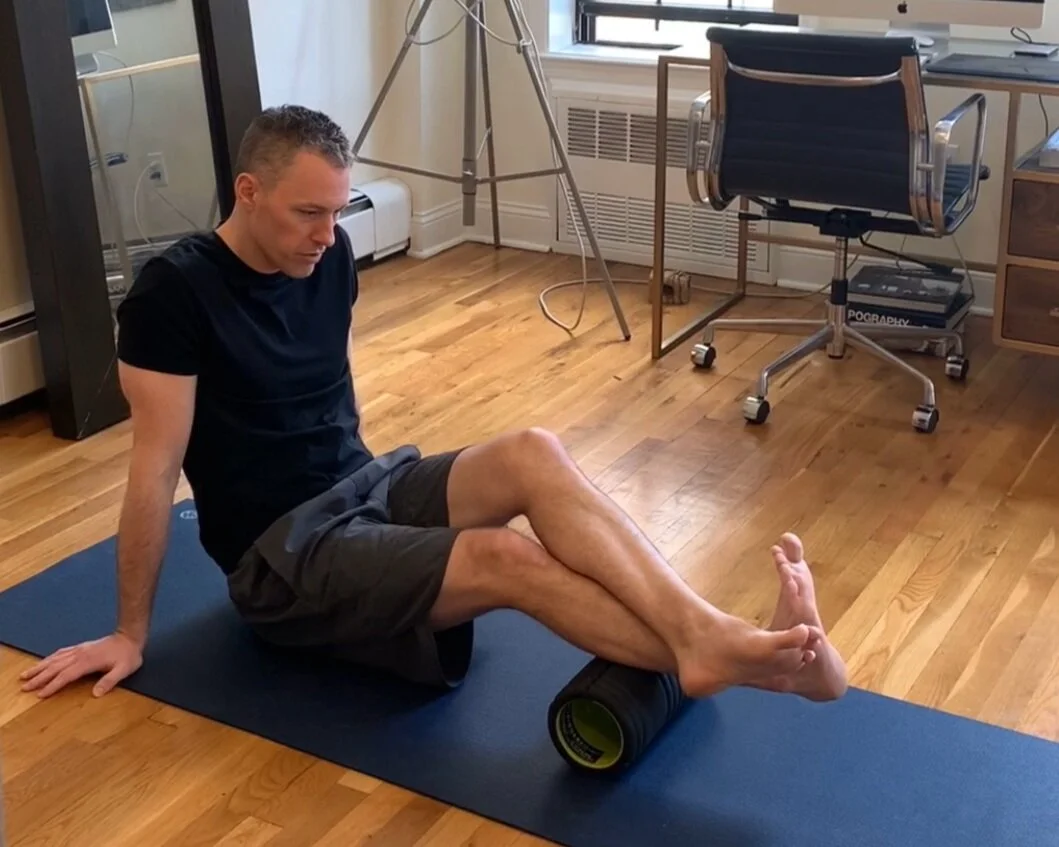How to protect the rotator cuff and shoulder joint in pitchers, catchers and ball players.
Arm care programs, shoulder health and how to warm-up before a baseball game are all hot topics, particularly for pitchers and catchers. But too often, baseball players (sometimes even pros) default to warming up with some static stretches and a few sprints before jumping right into throwing motions and hitting practice. This is no bueno.
Even if we cut less experienced players some slack, presuming the issue is that they just don’t have a clue what they should be doing, failing to bring your A-game starting with the warm-up puts players at a massive disadvantage. You won’t be as fast and explosive out of the box or on the base path, and you’re also taking massive risks for sidelining yourself with muscle strains, a rotator cuff tear, a Tommy John's or hip/back injury.
But before we dig into the optimal pre-game warm-up for baseball players, with a specific focus on protecting the shoulder and rotator cuff from overuse injuries, let’s back up for a second and discuss overall arm health.
Arm Health
Beyond a proper warm up, there are three key factors to zero in on when it comes to protecting baseball players' arms:
Throwing volume
Efficient force transfer through the kinetic chain
Efficient mechanics
Optimizing these factors will ensure total arm and total body health for all baseball players, as weak links in the chain will be eliminated and excess stresses will be removed. (Check out our previous post about preventing elbow pain in pitchers.)
We can’t hammer this point home enough:
The best way to protect your arm is to have a sound, full body program in place.
Doing some arm circles, dynamic stretches and resistance band exercises to activate the rotator cuff are only a fraction of the battle. The whole point of of a warm up is to make sure the body is ready to react and throw a ball HARD.
That doesn’t mean that using some band exercises for muscle activation isn’t an integral portion of the warm-up routine — it absolutely is. But it’s almost a moot point if we don’t have a quality strength and conditioning program in place and quality mechanics on the field. Focusing solely on the warm-up would be like putting a Sunday shine on a car that has a busted engine. Let’s build strong engines with efficient training programs that prioritize increasing physical capacity! If you need help crafting the right strength program to address your personal inefficiencies and improve your mechanics, let's talk. Reach us anytime at FixMe@ClutchPT.com.Back to the business of getting ready to dominate.
Baseball-specific Warm-Up
A quality warm-up for baseball looks much like the warm-up for any other sport, but we have to make sure we incorporate baseball-specific movement patterns to foster carryover to the game.
A solid baseball warm-up should get the heart pumping, up your core temperature, enhance range of motion and light up your whole central nervous system. The goal is to improve strength, power, mobility and reduce risk for getting hurt — avoiding shoulder injuries in particular.
Here's what we need to include to get the job done (starting from the top and working our way down): cervical spine (neck) mobility, shoulder mobility, shoulder activation, shoulder stability, thoracic spine mobility, hip mobility, ankle mobility, core/glute/rotator cuff/scapular activation, rotational power, and sprinting. That’s a lot to cover — so let’s get to work!
See our dynamic warm-up in action as Dr. James demos how to get the whole body fired up and protect the shoulder/rotator cuff. And yes, order matters.
Hip Mobility: 90/90 Hip Switches
Thoracic Spine Mobility: World’s Greatest Stretch
Ankle Mobility: Leg Swings
Core Activation: Shoulder Taps
Glute Activation: Single Leg Bridges
Rotator Cuff Activation: Side Plank with Band ER
Scapular Activation: Hinge “Y’s” with Band
Rotational Power: Knee to Hip Skips
Sprints
Try out this baseball-specific warm-up before your next game or practice. Then let us know how you play!
By the way, all of this is relevant for softball players, too, unless you're a pitcher. Since softball pitchers don't throw overhand, the mechanics and stresses are different, and need to be addressed individually. Hang tight, we'll focus on softball specifics soon!
Go get em.
— Dr. James Sinodinos, PT, DPT, CSCS












